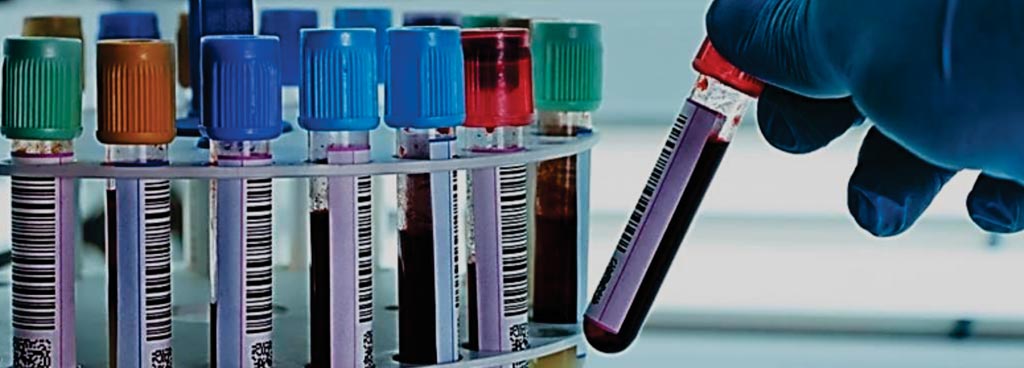Trends in Metabolites Predict Mortality for Hospitalized Patients
By LabMedica International staff writers
Posted on 17 Aug 2017
Patients who are hospitalized for an extensive period are at risk for adverse outcomes and are likely to have a high mortality rate than those who have shorter stays.Posted on 17 Aug 2017
These long-term hospitalized patients often rapidly deteriorate leading to death, with cause of death attributable to different factors like sepsis and end organ damage.

Image: Various blood collection tubes for use in the clinical laboratory (Photo courtesy of Labs USA).
Scientists at the SUNY Downstate Medical Center (Brooklyn, NY, USA) evaluate end of life laboratory values time trends among deceased long-term inpatients. They extracted time stamped laboratory data for deceased adult inpatients that had died in hospital from all-cause mortality between January 2014 and December 2016. All adult deceased patients who were hospitalized for at least one week were included in the study. Statistical analysis included an autoregressive integrated moving average (ARIMA) model.
The investigators evaluated laboratory results from 110 patients. The average length of hospitalization prior to death was 12.3 days. Significant time trends that were observed included increases in blood urea nitrogen (BUN), aspartate aminotransferase (AST) and alanine aminotransferase (ALT). The Mann-Kendall trend test showed that there is an upward trend in BUN and liver function tests indicative of end organ damage. Sodium, chloride and potassium levels are stationary over time; however, in the last 48 hours of life the metabolites become unstable with values varying from the expected value by more than one standard deviation.
The authors concluded that in the last 48 hours of life in chronically morbid hospitalized patients an alteration of the physiologic state of the patient occurs which manifests as subtle changes in metabolite levels especially when compared to the long-term result trends of the patient. Perhaps early detection of these changes can allow for timely interventions for the patients. The study was presented at the 69th Annual meeting of American Association for Clinical Chemistry held August 1–3, 2017, in San Diego, CA, USA.
Related Links:
SUNY Downstate Medical Center














